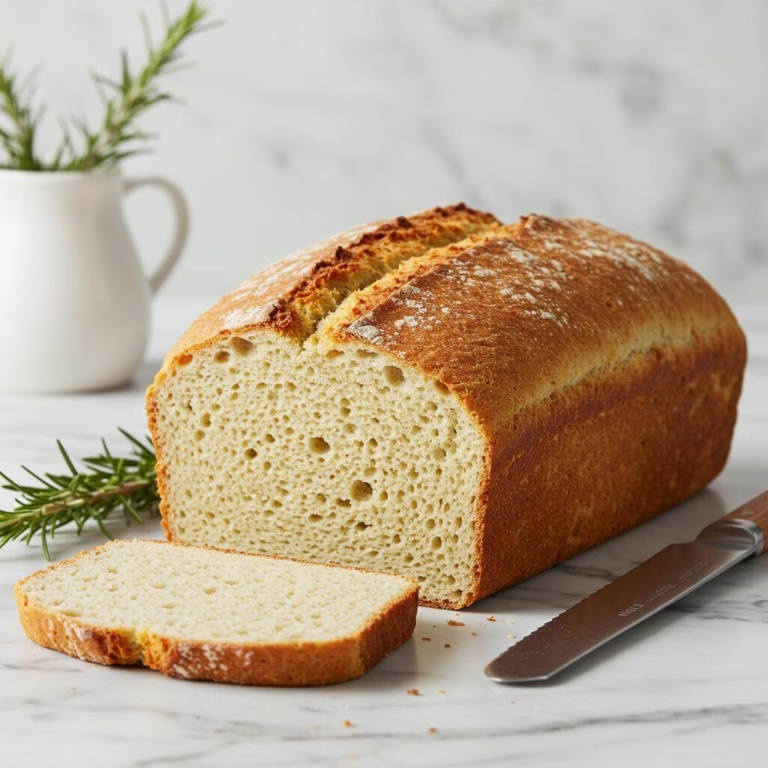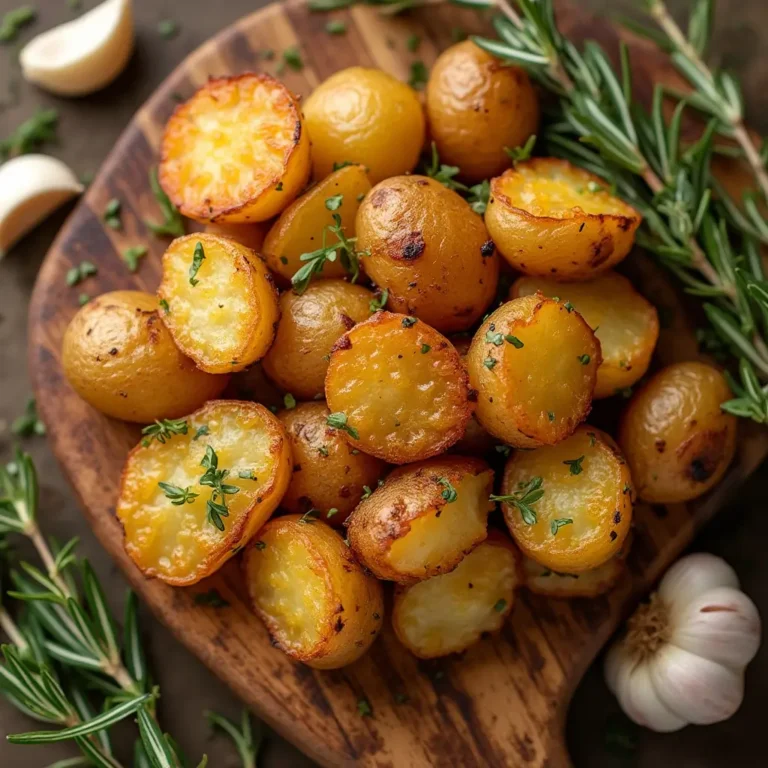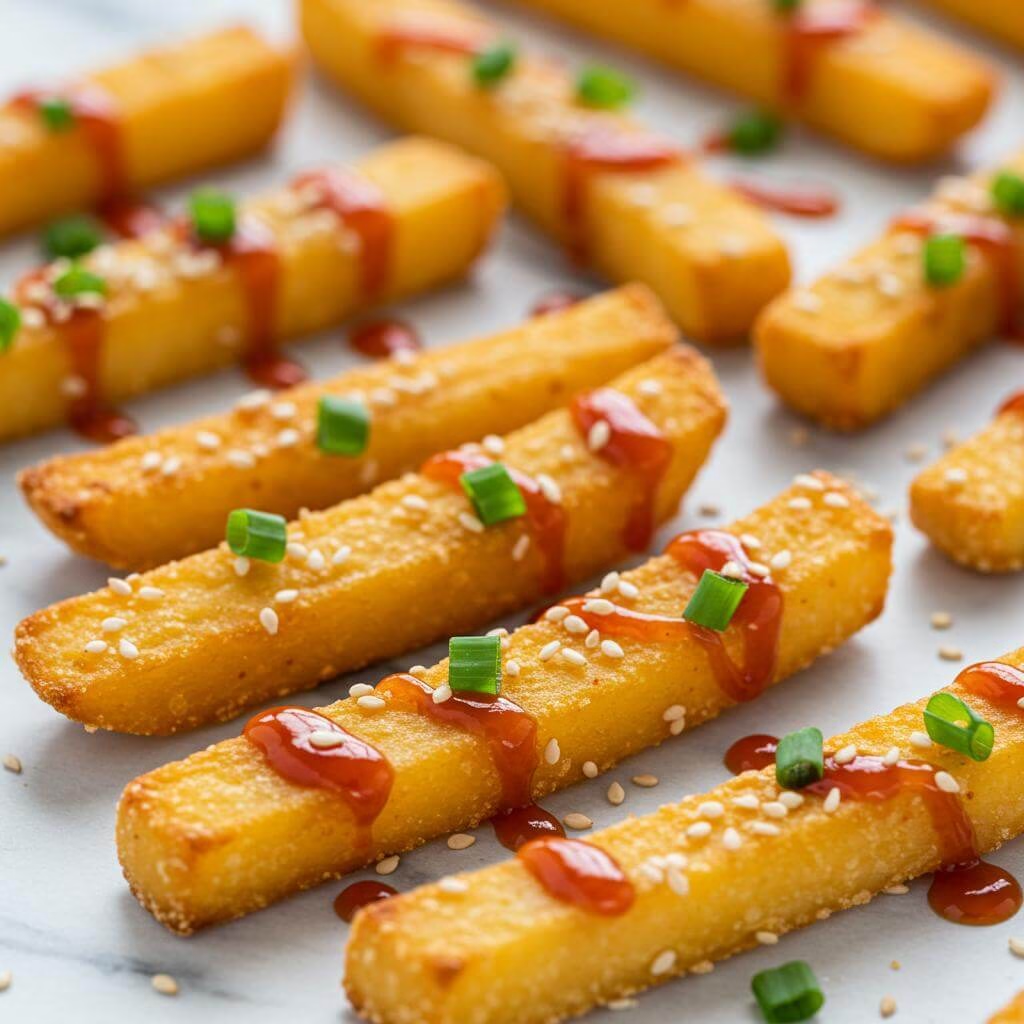
Why You’ll Absolutely Love These Gluten-Free Korean Fries!
Get ready to tantalize your taste buds! If you’ve been searching for that perfect combination of ultra-crispy texture, a mouthwatering savory-sweet-spicy glaze, all while staying wonderfully gluten-free, then you’ve absolutely landed in the right spot. We’re beyond excited to share a recipe that’s quickly become a favorite around here: the ultimate Gluten-Free Korean Fries. This isn’t just another fry recipe; it’s an experience designed to bring bold, exciting flavors to your gluten-free table with ease and flair.
Imagine this: perfectly golden fries, so crispy they make a delightful sound with every bite, generously coated in a complex, flavor-packed sauce that hits all the right notes – a little sweet, a little spicy, and deeply savory. For those of us navigating a gluten-free journey, indulgent and exciting snacks like loaded fries can often seem off-limits due to hidden gluten in batters or sauces. But not anymore! These gluten-free Korean fries are here to prove that you don’t have to compromise on incredible taste or satisfying texture. We believe that eating gluten-free should be a joyous exploration of flavors, and this recipe is a testament to that philosophy.
Bringing dishes like these incredible gluten-free Korean fries into your cooking routine is a fantastic way to keep your gluten-free diet diverse, vibrant, and utterly satisfying. They’re not just a snack; they’re a flavor adventure! Perfect for game nights, as an impressive appetizer when guests are over, or as a show-stopping side dish to liven up any meal. Why not serve them alongside our crowd-pleasing Gluten-Free Sweet Chili Wings for a truly memorable, totally gluten-free feast that everyone can enjoy?
The magic behind these exceptionally crispy fries lies in a few simple gluten-free techniques we’ll walk you through, ensuring each fry boasts that coveted crunch on the outside while remaining wonderfully fluffy inside. And that irresistible sauce? We’ve meticulously ensured every ingredient is specifically chosen to be gluten-free, offering you complete peace of mind with every delicious mouthful. Crafting these gluten-free Korean fries at home is simpler than you might think, and the explosion of flavor is an amazing reward for your efforts. If you’re a devotee of uniquely seasoned fries and looking for more gluten-free inspiration, we’re sure you’ll also adore our Spicy Sweet Potato Wedges, another fantastic way to enjoy a satisfying crunch.
So, get your aprons ready! It’s time to introduce some seriously delicious excitement into your gluten-free kitchen with this stellar recipe for gluten-free Korean fries. Prepare to be amazed by how easy and delicious they are!
Why This Gluten-Free Korean Fries Recipe Works So Exceptionally Well
Get ready to unlock the secrets behind achieving truly spectacular results with this recipe for gluten-free Korean fries! For anyone navigating the world of gluten-free baking and cooking, recreating beloved fried foods with that perfect, satisfying crunch can feel like chasing a culinary unicorn. Traditional frying batters and coatings often rely on wheat flour, harnessing its gluten proteins to create structure and a certain type of crispness. But fear not! This particular gluten-free Korean fries recipe is designed with brilliance, leveraging the unique properties of gluten-free ingredients to deliver an outcome that’s not just *good for gluten-free*, but genuinely *great* – possibly even crispier and lighter than their gluten-containing counterparts.
The Power of the Starch-Based Coating
The magic in achieving that signature shattering crispness in these gluten-free Korean fries lies heavily in the strategic use of gluten-free flours and, more importantly, starches. Unlike wheat flour, which develops a chewy gluten network when hydrated, ingredients like rice flour, cornstarch, or potato starch behave differently. When heated in oil, their tiny granules absorb moisture, swell (gelatinize), and upon cooling, they form a rigid, crystalline structure that is inherently brittle and light. This is the foundation of that delightful crunch! A well-formulated gluten-free coating, often relying heavily on a blend favoring these starches, prevents the chewy, dense result you might get from a poorly chosen gluten-free flour blend alone.
Structure Without Gluten: It’s All About Balance
While starches provide the crispness, achieving a coating that adheres well and provides some structural integrity without falling apart is also key. Many successful gluten-free recipes, including likely this one for gluten-free Korean fries, utilize a carefully balanced blend. Rice flour, for instance, offers a bit more structure than pure starch and contributes to browning. Sometimes, a small amount of a binder like xanthan gum might be used in the coating mixture (though less common in simple dredge/batter coatings than in baked goods) to help everything stick together, ensuring your delicious coating stays put on the fries during frying and saucing. The beauty of this specific recipe is its likely mastery of these ratios, creating a coating that is substantial enough to protect the interior of the fry and hold up to sauces, yet light and airy enough to achieve maximum crispness.
The Role of Frying Technique for Ultimate Crispness
The excellence of these gluten-free Korean fries isn’t just about the ingredients; it’s also about the technique. Korean-style frying is renowned for its double-fry method, and this recipe likely employs it for a reason! The first fry cooks the food through and sets the initial crispness of the coating. A brief rest allows moisture to migrate from the interior to just beneath the crust. The second, hotter fry is where the magic truly happens – that trapped moisture is rapidly turned into steam, which puffs up the coating even further, driving out remaining moisture and resulting in an incredibly light, airy, and shatteringly crisp texture that stays crisp longer. This technique is especially effective with starch-heavy gluten-free coatings, amplifying their natural tendency towards crispness.
Seamlessly Supporting a Gluten-Free Lifestyle
The true triumph of this recipe is how it provides a genuinely satisfying experience, making delicious gluten-free Korean fries accessible and enjoyable. It proves that going gluten-free doesn’t mean sacrificing flavor, texture, or the simple joy of indulgent comfort food. By understanding and utilizing the unique properties of gluten-free ingredients and classic techniques like double-frying, this recipe delivers on all fronts. It ensures that individuals following a gluten-free lifestyle can partake in the delightful experience of perfectly crispy, flavorful Korean fries without compromise. It’s a fantastic example of how thoughtful recipe development can open up a world of culinary possibilities, making your gluten-free journey exciting and delicious!
Transform Your Mornings with 33 FREE Gluten-Free Breakfasts!
Unlock delicious, easy-to-make recipes that will make you excited to start every single day. No more boring breakfasts, just pure flavor and joy!

Get Your FREE Breakfast Ebook Now!
(No credit card required. Instant download.)
Ingredients
Crafting the perfect crispy gluten-free Korean fries starts with selecting the right ingredients. Below is a list based on a typical preparation for this dish. Please note that the specific measurements were not provided in the original text, so these are representative of what you might need. Aim for fresh, high-quality components to get the best flavor and texture for your gluten-free Korean fries.
- Potatoes (e.g., Russet or Yukon Gold), peeled and cut into fries
- Gluten-Free Flour Blend (a good all-purpose blend works well here, look for one containing rice flour, potato starch, tapioca starch) -This blend provides the necessary structure and crispness without gluten, ensuring your fries achieve that perfect crunchy exterior.
- Cornstarch or Potato Starch -Adding extra starch is crucial for achieving maximum crispness in gluten-free frying. It helps create a light, crunchy coating.
- Salt and Black Pepper, to taste -Essential seasonings to enhance the natural flavor of the potatoes.
- Neutral Oil (e.g., vegetable, canola, or peanut oil) for frying -Choose an oil with a high smoke point suitable for frying.
- For the Korean Sauce (typical components):
- Gochujang (gluten-free brand) -This fermented chili paste is the heart of many Korean sauces, providing unique heat and depth. Ensure you select a brand certified or labeled gluten-free, as some contain wheat.
- Gluten-Free Soy Sauce or Tamari -Provides the essential savory, umami base for the sauce, without the gluten found in regular soy sauce.
- Rice Vinegar -Adds acidity to balance the flavors.
- Honey or Maple Syrup (vegan option) -Sweetness to balance the spicy and savory elements.
- Garlic, minced -Aromatic base for the sauce.
- Sesame Oil -Adds a distinctive toasted nutty flavor, characteristic of Korean cuisine.
- Toasted Sesame Seeds and Sliced Green Onions, for garnish -Classic toppings for texture and freshness.
Nutritional Information
Opting for gluten-free Korean fries offers significant benefits, primarily making this delicious dish accessible to individuals with coeliac disease or gluten sensitivity. While the exact nutritional breakdown depends on portion size, cooking method, and specific ingredients used (especially the amount of oil absorbed and the sauce composition), here are some general points:
- **Gluten-Free:** The most important benefit! This recipe as described is designed to be completely free from gluten, ensuring it’s safe for those avoiding it.
- **Potential for Fiber:** Potatoes themselves are a good source of dietary fiber, which supports digestive health.
- **Source of Energy:** Carbohydrates from the potatoes provide energy.
- **Customizable:** You have control over the sauce ingredients, allowing you to adjust sugar and sodium levels compared to pre-made versions.
- **Minerals:** Potatoes contribute potassium and Vitamin C.
Keep in mind that frying does increase the fat content. For a lighter option when making your gluten-free Korean fries, consider air frying or baking the potatoes first before tossing them in the delicious Korean sauce.
Substitutions & Variations
One of the best things about making gluten-free Korean fries at home is how easily you can customize them! Don’t be afraid to experiment with ingredients and flavors to make them your own.
Substitutions:
- **Potatoes:** While classic, feel free to swap Russet or Yukon Golds for sweet potatoes for a different flavor profile and added nutrients. Cassava or yuca fries can also be used for a grain-free option, offering incredible crispness.
- **Gluten-Free Flour Blend:** If your blend isn’t yielding maximum crispness, try playing with the ratio of flour to starch. Some recipes benefit from a higher proportion of cornstarch or potato starch in the coating mixture. You could also try using just rice flour and starch for an ultra-crispy result.
- **Starch:** Cornstarch and potato starch are interchangeable for crisping. Tapioca starch can also work but might result in a slightly chewier coating.
- **Oil:** Avocado oil is another good neutral oil with a high smoke point suitable for frying your gluten-free Korean fries.
- **Gochujang:** If you need less heat or can’t find a gluten-free version, a blend of gluten-free sriracha or chili garlic sauce mixed with a bit of paprika and a touch more sweetness and umami (like GF soy sauce) can approximate the flavor, though the unique depth of gochujang is hard to replicate exactly.
- **Soy Sauce:** Tamari or coconut aminos are excellent gluten-free alternatives. Coconut aminos are soy-free for those with soy allergies and offer a slightly sweeter, less salty flavor.
- **Sweetener:** Agave nectar or brown rice syrup can be used instead of honey or maple syrup. Adjust the amount to your desired sweetness level.
Variations:
- **Spice Level:** Easily adjust the amount of gochujang to make the sauce milder or spicier. Adding a pinch of red pepper flakes can also boost the heat.
- **Garlic Lovers:** Increase the amount of fresh minced garlic in the sauce for a punchier flavor. A little ginger can also be a delicious addition.
- **Sesame Boost:** Add a splash of toasted sesame oil to the sauce after cooking for a more intense roasted sesame flavor in your gluten-free Korean fries. You can also sprinkle extra toasted sesame seeds on top.
- **Cheesy Korean Fries:** Once coated in sauce, top your gluten-free Korean fries with some shredded mozzarella (or dairy-free alternative) and briefly broil until melted and bubbly.
- **Protein Boost:** Add cooked, bite-sized pieces of bulgogi-style beef (ensure marinade is gluten-free) or pan-fried tofu cubes to the sauced fries for a heartier dish.
- **Veggie Loaded:** Toss the sauced fries with some quickly blanched broccoli florets, sautéed onions, or bell peppers for added color and nutrients.
- **Different Sauces:** While gochujang is classic, you could adapt the method using other gluten-free Korean-inspired sauces like a garlic-soy glaze or a sweet chili sauce for your crispy gluten-free Korean fries.
- **Air Fryer/Baked Method:** For a healthier twist on these gluten-free Korean fries, skip the deep frying. Coat the seasoned potato fries lightly in oil, then air fry or bake until crispy. Toss with the sauce afterward. This significantly reduces the amount of absorbed oil.
Experiment and find your favorite way to enjoy these delicious gluten-free Korean fries!
Essential Equipment for This Recipe
To prepare this delicious gluten-free recipe, you’ll need the following kitchen tools:
- Mixing Bowls – A set of various sized mixing bowls is essential for preparing ingredients and combining them efficiently.
Find Mixing Bowls on Amazon - Measuring Cups and Spoons – Accurate measurements are key for baking success.
Find Measuring Cups and Spoons on Amazon - Baking Sheets – For baking cookies, pastries, or roasting vegetables, a reliable baking sheet is a must-have.
Find Baking Sheets on Amazon - Whisks – Perfect for whipping cream, eggs, or batters for a smooth and airy consistency.
Find Whisks on Amazon - Spatulas – Ideal for folding ingredients, scraping bowls, and spreading batter evenly.
Find Spatulas on Amazon - Food Processors – Efficiently chop, grind, or puree ingredients with a versatile food processor.
Find Food Processors on Amazon - Saucepans – A saucepan is essential for cooking sauces, heating liquids, or making small batches of recipes.
Find Saucepans on Amazon - Chef’s Knives – A high-quality chef’s knife makes prepping ingredients easier and safer.
Find Chef’s Knives on Amazon - Cutting Boards – Protect your countertops and provide a stable surface for chopping and slicing.
Find Cutting Boards on Amazon
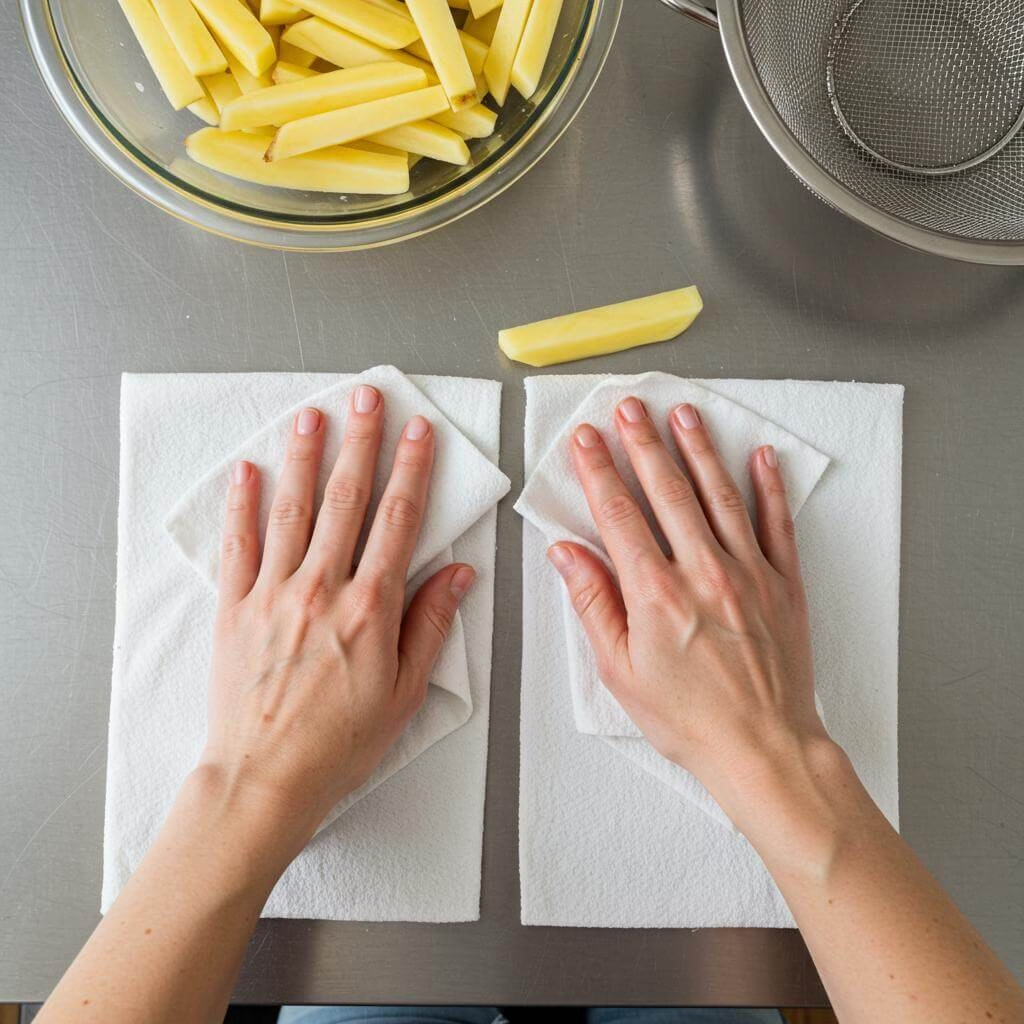
- Prepare the Potatoes: Begin by thoroughly washing your potatoes. You can peel them if you prefer a classic fry look, or leave the skin on for added texture and nutrients – it’s completely up to you! Cut the potatoes lengthwise into uniform fry shapes, aiming for roughly ½-inch thickness. Consistency in size is key here to ensure they all cook evenly. A mandoline slicer or crinkle cutter can help achieve perfect shapes and sizes for your gluten-free korean fries.
- Remove Excess Starch: This step is crucial for achieving that coveted crispy texture characteristic of great fries. Place the cut potato fries in a large bowl and cover them completely with cold water. Let them soak for at least 30 minutes, or even longer (up to a couple of hours in the refrigerator). This soaking draws out excess starch. Alternatively, you can blanch them by boiling the fries in water for 5-7 minutes, then draining. Whichever method you choose, after soaking or blanching, drain the potatoes very well and spread them out on clean, absorbent kitchen towels or paper towels. Pat them *exceptionally* dry. Any residual moisture will prevent them from getting crispy in the oil and can cause dangerous splattering. Dry potatoes are the foundation for crispy gluten-free korean fries.
- First Fry (Cook Through): Heat a generous amount of neutral frying oil (like vegetable, canola, or peanut oil) in a large pot or deep fryer to about 300-325°F (150-160°C). Carefully add the dry fries in batches, making sure not to overcrowd the pot. Frying in smaller batches allows the oil temperature to stay more consistent and prevents the fries from steaming instead of frying. Fry for about 5-7 minutes, or until the fries are tender when pierced with a fork but have not yet taken on much color. The goal here is to cook the inside. Remove the fries from the oil using a slotted spoon and place them on a wire cooling rack set over a baking sheet to drain excess oil. This resting period is important before the second fry.
- Second Fry (Crisp Up): Increase the oil temperature to about 375-400°F (190-200°C). Once the oil is hot, return the fries to the pot in batches. Fry for another 2-4 minutes, or until they are beautiful golden brown and appear visibly crispy. This higher temperature is what creates that irresistible crunchy exterior. Again, fry in batches to ensure maximum crispness. Remove the perfectly crispy gluten-free korean fries from the oil and place them back on the wire rack to drain any excess oil. You might sprinkle them lightly with salt at this stage if desired, though the sauce will add plenty of flavor.
- Prepare the Korean Sauce: While the fries are resting after their second fry, prepare the sauce. In a small saucepan, combine your Korean sauce ingredients (refer to the recipe’s ingredient list). This typically includes gluten-free gochujang (ensure the label confirms it’s GF!), gluten-free soy sauce or tamari, a sweetener like honey or maple syrup, rice vinegar, minced garlic, minced fresh ginger, and sesame oil. Heat the mixture over medium heat, stirring constantly, until it comes to a gentle simmer and thickens slightly, just enough to coat the fries. Taste the sauce and adjust the sweetness, heat, or tanginess to your preference. Keeping the sauce warm will help it coat the hot fries evenly.
- Toss with Sauce: Immediately place the hot, crispy fries into a large heatproof bowl. Pour the warm Korean sauce over the fries. Using a rubber spatula or by gently tossing the bowl, carefully coat all the fries evenly with the delicious sauce. Work quickly while the fries are still hot to ensure the sauce adheres well and the fries retain their crispness before serving these flavorful gluten-free korean fries.
- Serve Immediately: Transfer the sauced gluten-free korean fries to a serving dish. For an extra touch and authentic presentation, garnish with toasted sesame seeds and thinly sliced green onions, if desired. Serve your homemade gluten-free korean fries piping hot to enjoy their ultimate crispiness and bold flavors. They are best enjoyed right away!
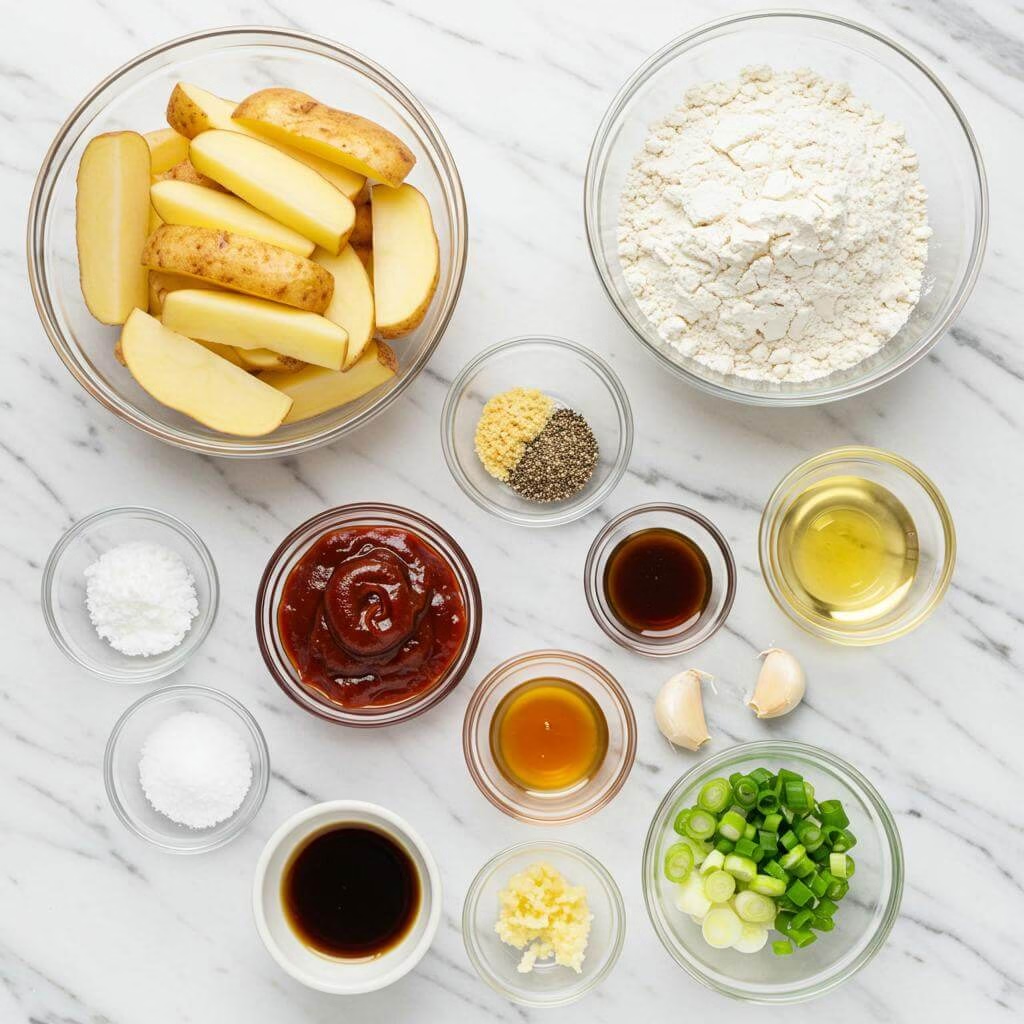
Tips for Perfect Gluten-Free Korean Fries
Creating truly crispy and delicious gluten-free delights like these amazing gluten-free Korean fries requires paying attention to a few key details. Gluten-free baking and frying can be a little different, but with these expert tips, you’ll achieve fantastic results every time. Let’s make your gluten-free Korean fries the star of the show!
- Chill Your Potatoes Twice: After cutting your potatoes, rinse them thoroughly to remove excess starch, then soak them in cold water for at least 30 minutes (or even longer in the fridge). Drain and pat them COMPLETELY dry. Then, after blanching (if your recipe calls for it) or before the final fry, let them cool completely or even freeze them for 30 minutes on a tray. This double chilling helps create a crispier exterior and a fluffy inside, which is crucial for satisfying gluten-free Korean fries.
- Master the Starch Slurry: When coating your potatoes, ensure the starch slurry (cornstarch, potato starch, or rice starch mixed with water) is the right consistency – thin enough to coat evenly but thick enough to adhere well. This starch layer is essential for that crispy, crackly gluten-free coating that makes these gluten-free Korean fries so addictive. Make sure the potatoes are dry before coating!
- Fry in Stages for Maximum Crispness: Most recipes benefit from a two-stage frying process. The first fry at a lower temperature (around 300-325°F or 150-160°C) cooks the potato through. The second fry at a higher temperature (375-400°F or 190-200°C) develops the golden color and intense crispiness needed for perfect gluten-free Korean fries. Don’t overload the fryer during either stage; fry in batches.
- Use the Right Oil and Temperature: Choose an oil with a high smoke point like peanut, canola, or vegetable oil. Maintain the correct oil temperature throughout frying. Too cool, and the fries will be greasy; too hot, and they’ll burn before cooking through. Use a thermometer! Consistent temperature is key to evenly cooked, perfectly crispy gluten-free Korean fries.
- Season Immediately After Frying: Salt and any additional seasonings should be applied as soon as the fries come out of the hot oil and are drained. The porous, hot surface absorbs the seasoning best at this point, ensuring maximum flavor. This is especially true before coating them in that signature sweet and spicy sauce for amazing gluten-free Korean fries.
- Keep Items Separate Until Serving: If you’re coating your gluten-free Korean fries in a sauce, only do so right before serving. Sauce will make crispy fries soggy over time. Keep the crispy fried potatoes separate from the sauce until you’re ready to toss and serve for the best texture experience.
- Properly Drain Excess Oil: As fries come out of the fryer, immediately transfer them to a wire rack set over a baking sheet, not directly onto paper towels. This allows air to circulate around them, preventing steaming and helping them stay crisp. Paper towels are good for a final blot if needed, but a rack is better for drainage.
- Consider Your Binder (if using flour blends): If your recipe uses a gluten-free flour blend in the coating, ensure it contains a binder like xanthan gum or guar gum, or add a small amount yourself if the blend doesn’t. This helps the coating adhere better to the potato during frying and contributes to a stable, crispy crust for your gluten-free Korean fries.
Common Gluten-Free Mistakes to Avoid
Even experienced cooks can stumble when adapting recipes to be gluten-free. Watch out for these common pitfalls when making your gluten-free Korean fries:
- Not Drying Potatoes Enough: Excess moisture is the enemy of crispiness, especially in gluten-free frying. Water reacts with hot oil causing splattering and preventing the formation of a truly crisp crust. Ensure potatoes are thoroughly dried with paper towels after rinsing/soaking and again after blanching before applying any coating or frying. Humid conditions can also affect this, so be extra diligent if needed.
- Overcrowding the Fryer: Dropping too many potatoes into the oil at once drastically lowers the oil temperature. This results in greasy, soggy fries instead of light and crispy ones. Always fry in small batches to maintain the oil temperature and allow each piece space to cook evenly and become perfectly golden brown for your gluten-free Korean fries.
- Skipping the Cooling/Chilling Steps: The chilling process isn’t just extra work – it significantly impacts the final texture. Skipping the initial soak helps remove surface starch, and chilling before the final fry helps the potato structure firm up, leading to that desirable crispy exterior and fluffy interior. Don’t rush this crucial step for truly excellent gluten-free Korean fries.
Frequently Asked Questions
The recipe mentions soaking or blanching the potatoes. Why is this step important for crispy gluten-free Korean fries?
This step is absolutely crucial for achieving that amazing crispy texture we’re aiming for! Soaking or blanching draws out excess starch from the potatoes. If you skip this, the starch can make your fries stick together and result in a less crispy, potentially gummy texture. After soaking or blanching, remember to dry the potatoes *exceptionally* well – any residual moisture can prevent crisping and cause splattering in the oil. Dry potatoes are the foundation for truly crispy gluten-free Korean fries!
Why do you recommend frying the potatoes twice? Does this make them extra crispy?
Yes, the double-fry method is the secret weapon for achieving that coveted crispy exterior while keeping the inside wonderfully fluffy! The first fry is done at a lower temperature (300-325°F or 150-160°C) and is all about cooking the potato through until tender. The second fry, at a higher temperature (375-400°F or 190-200°C), is quick and creates that beautiful golden-brown color and the irresistible crunch on the outside. It’s the best way to get perfect texture throughout your homemade gluten-free Korean fries.
I’m concerned about finding gluten-free gochujang specifically. Are there any substitutes I can use for the sauce?
Finding a certified gluten-free gochujang is key since some traditional versions contain wheat. If you’re having trouble, the post suggests approximating the flavor with a blend of gluten-free sriracha or chili garlic sauce mixed with a bit of paprika and a touch more sweetness and umami (using GF soy sauce or tamari). While it’s hard to replicate the unique depth of gochujang exactly, this can be a good workaround for your gluten-free Korean fries sauce.
Can I make these gluten-free Korean fries without deep frying?
Absolutely! For a healthier option, the post mentions that you can skip the deep frying and either air fry or bake the seasoned potato fries until they are crispy. You would then toss them with the Korean sauce afterward. This method significantly reduces the amount of absorbed oil while still letting you enjoy the delicious flavors of gluten-free Korean fries.
The recipe mentions needing a gluten-free flour blend and cornstarch. What role do these play in making the fries crispy?
The gluten-free flour blend and added starch (like cornstarch or potato starch) are important for creating a light, crispy coating on the fries. Since there’s no gluten present to provide structure and crispness during frying like in traditional batters, these ingredients help build that necessary exterior texture, ensuring your gluten-free Korean fries get that perfect crunch.
How can I customize the spiciness or flavor of the Korean sauce?
It’s easy to adjust the sauce to your liking! For more heat, simply increase the amount of gochujang or add a pinch of red pepper flakes. If you love garlic, you can increase the amount of fresh minced garlic. For a stronger roasted sesame flavor, add an extra splash of toasted sesame oil to the sauce AFTER you’ve finished cooking it. Don’t hesitate to taste and adjust the sweetness, heat, or tanginess to your preference before tossing your gluten-free Korean fries.
What kind of oil is best for frying these gluten-free Korean fries?
You’ll want to use a neutral frying oil with a high smoke point. The post specifically recommends options like vegetable, canola, or peanut oil. Avocado oil is also mentioned as another good neutral oil choice suitable for frying your gluten-free Korean fries.

